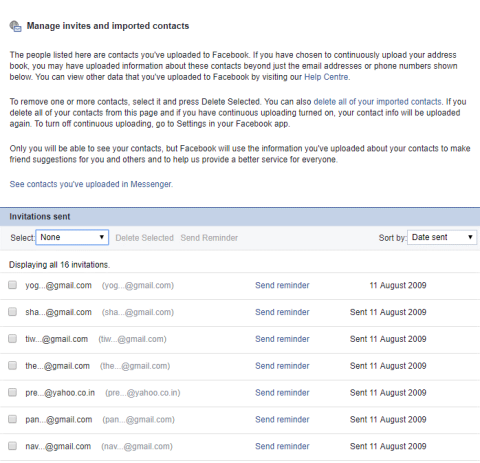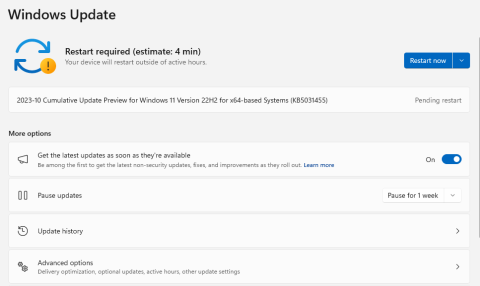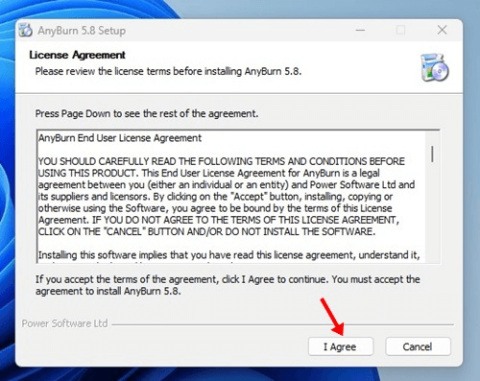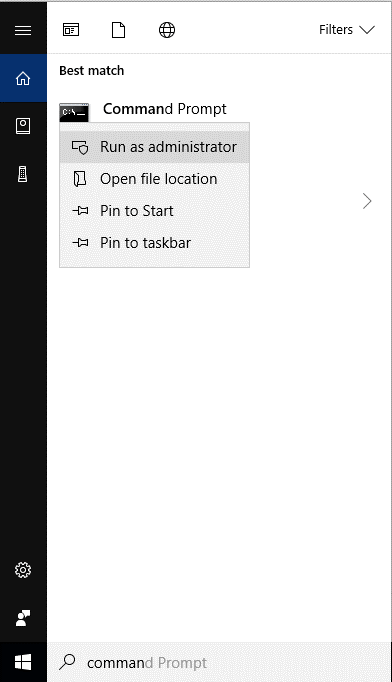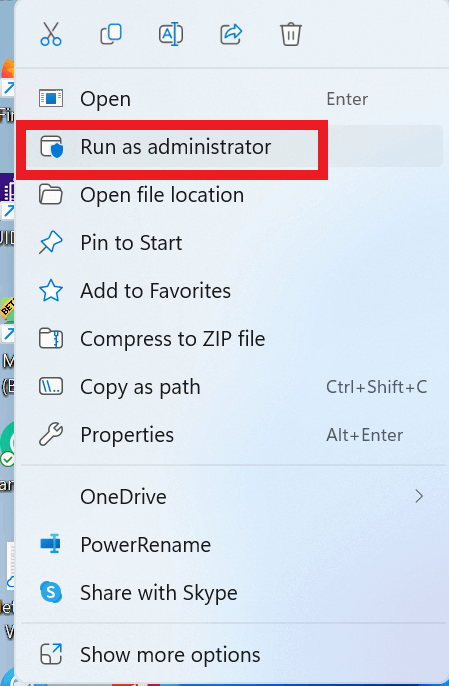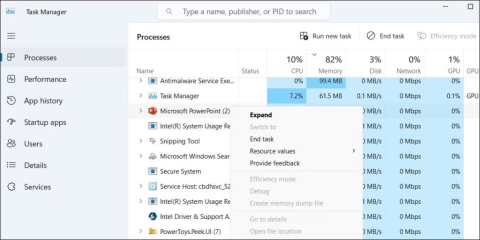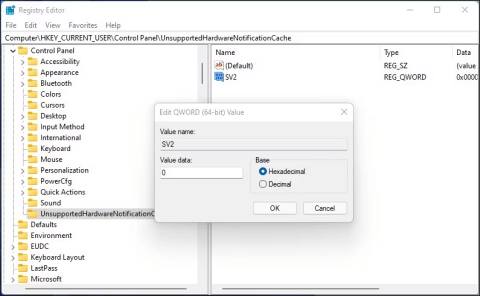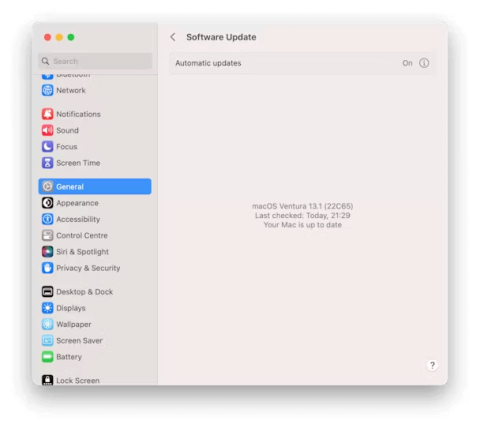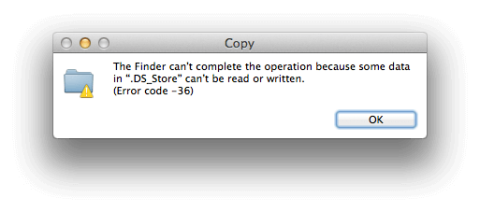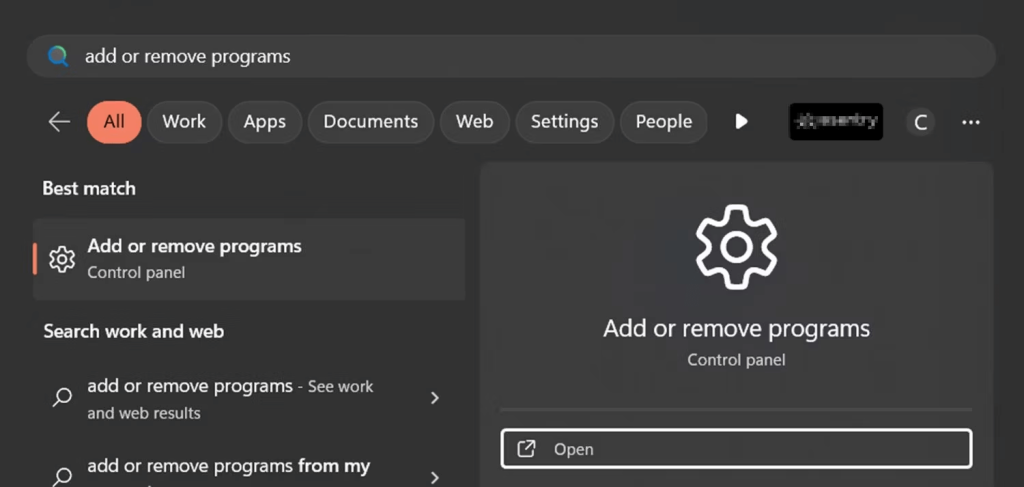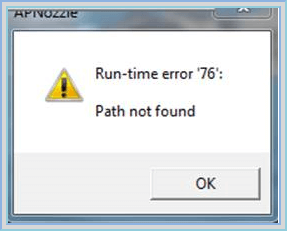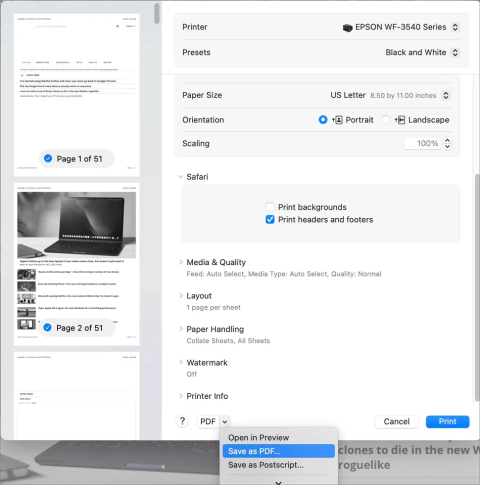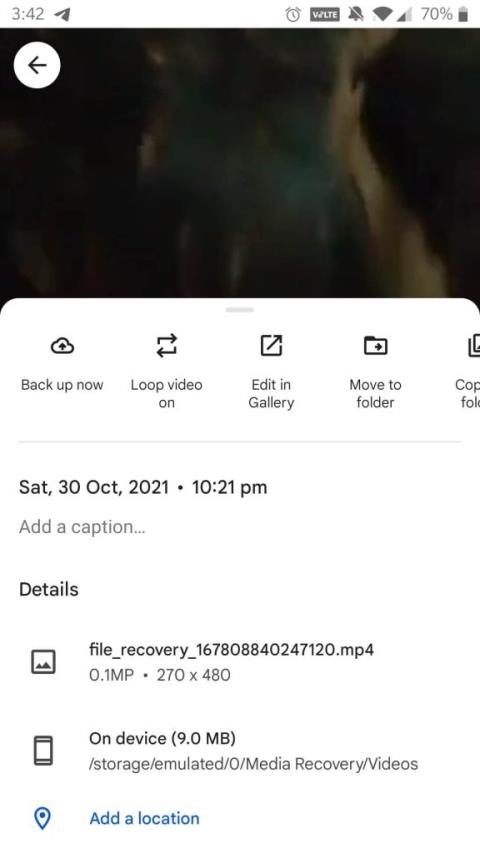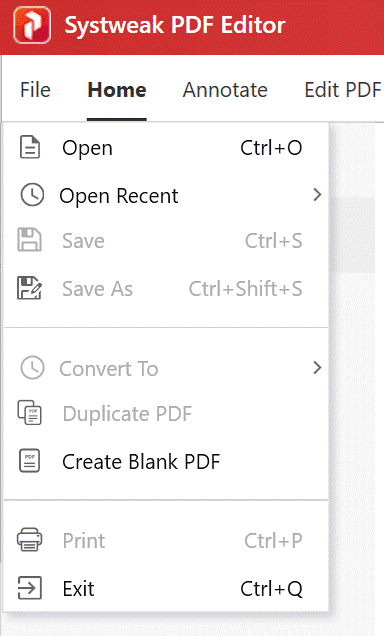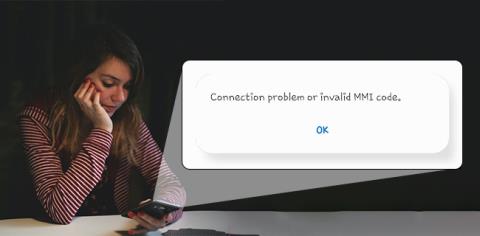Windows 11 hefur verið að gera töluvert suð síðan það var tilkynnt fyrir nokkrum mánuðum síðan. Innherjar og beta-prófarar hafa margt jákvætt að segja og nýja notendaviðmótið og eiginleikarnir virðast passa vel við alla. Sem slíkur kemur Windows 11 með mörgum breytingum á núverandi eiginleikum í stýrikerfinu, þar á meðal nýja Windows Search. Leitin er nú ítarlegri, hraðari og skilvirkari. Ef þú ert að leita að því að nota Windows leit þá er allt sem þú þarft að vita um það. Byrjum.
Innihald
Hvað er nýtt í Windows 11 leit?
Windows 11 kemur með fullt af endurbótum undir hettunni á leitinni, þó eru ekki margar áberandi breytingar á ytri virkni Windows Search. Samt sem áður geturðu hlakkað til eftirfarandi nýju breytinga með Windows Search.
- Nýtt tákn á verkefnastikunni
- Sérstök skráartegundaleit
- Aðgengilegar leitarstillingar í Start valmyndinni
- Stuðningur við skýjaleit í tengslum við skýjageymsluþjónustu
- Alhliða verðtryggingarmöguleikar
- Hraðari niðurstöður
- Skilvirk flokkun með lítilli rafhlöðunotkun í fartækjum
Og fleira. Þegar þú ferð að kanna Windows Search í Windows 11 muntu finna örlítið nýjar upplýsingar í öllum þáttum eiginleikans.
Tengt: Hvernig á að deila skrám og möppum á Windows 11
Windows 11 Leita flýtilykla
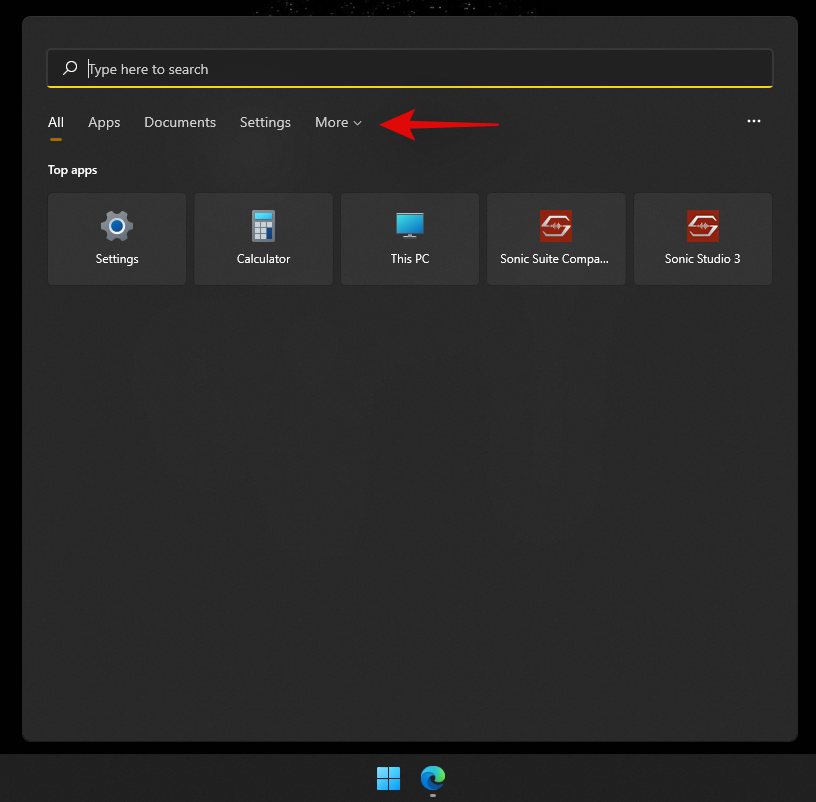
Þú getur notað Windows + Sá lyklaborðinu þínu til að koma upp Windows Search beint á vélinni þinni. Þú getur haldið áfram að skrifa til að byrja að leita í kerfinu þínu að viðeigandi forritum, skrám og möppum. Að auki, með því að ýta á Enter á lyklaborðinu þínu opnast fyrstu leitarniðurstaðan á tölvunni þinni.
Tengt: Hvernig á að virkja sýndarvæðingu í BIOS á Windows 11 eða 10
Hvernig á að nota Windows leit
Þú getur notað Windows leit með eftirfarandi aðferðum hér að neðan. Hver aðferð hefur sína eigin kosti og kosti svo eftir því hvaða skrá þú ert að leita að geturðu notað eina af aðferðunum hér að neðan.
Ýttu á Windows takkann á lyklaborðinu þínu til að opna Start valmyndina. Þú getur líka smellt á táknið á verkefnastikunni þinni.
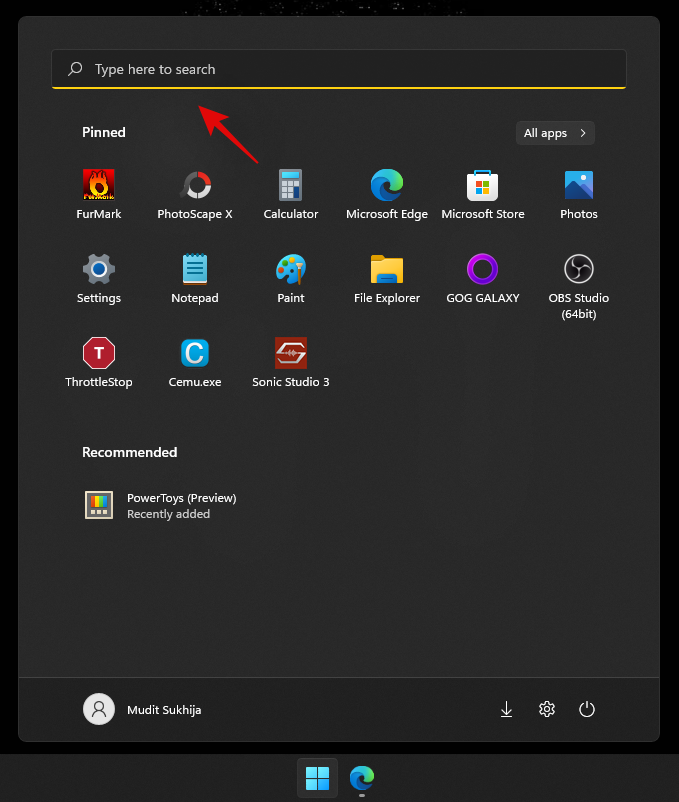
Þegar það hefur verið opnað skaltu byrja að slá inn nafnið á skránni/forritinu sem þú ert að leita að, skráin/möppan/forritið ætti að birtast sjálfkrafa í leitarniðurstöðum. Ef þú sérð ekki skrána þína efst skaltu prófa að smella á einn af flokkunum hér að neðan til að auka leitarniðurstöðurnar þínar.
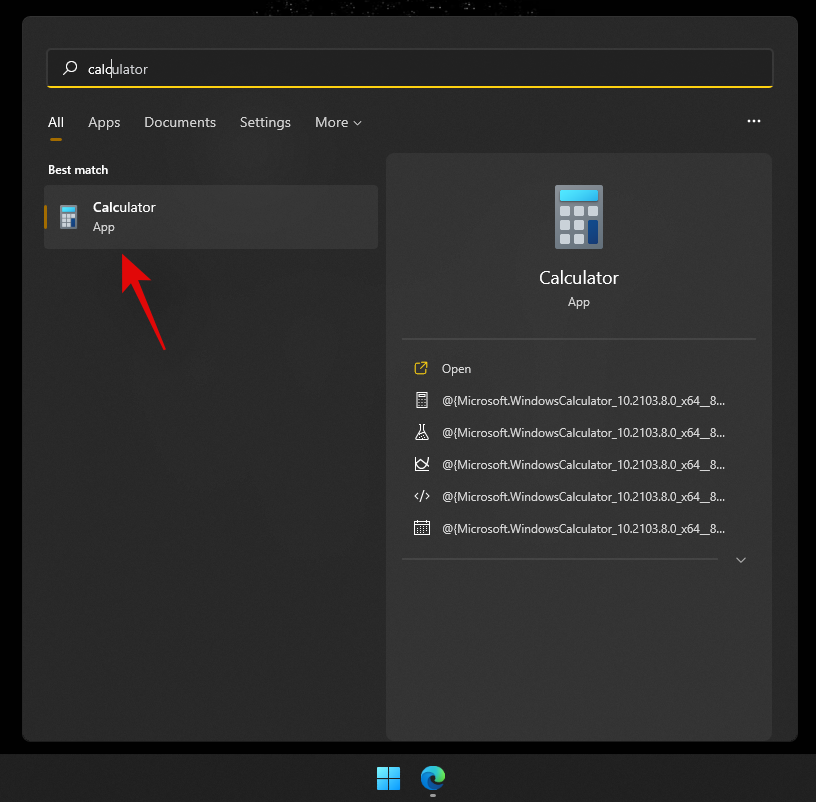
Þegar þú hefur fundið hana skaltu smella á leitarniðurstöðuna til að opna hana. Þú getur líka smellt á örina til að skoða nánari upplýsingar um það. Og þannig er það! Þú munt nú hafa notað Windows leitina frá Start valmyndinni.
Tengt: Hvernig á að uppfæra rekla á Windows 11
Notar flýtilykla
Ýttu Windows + Sá lyklaborðið til að opna leit. Skiptu nú yfir í viðkomandi skráargerð ef þörf krefur.
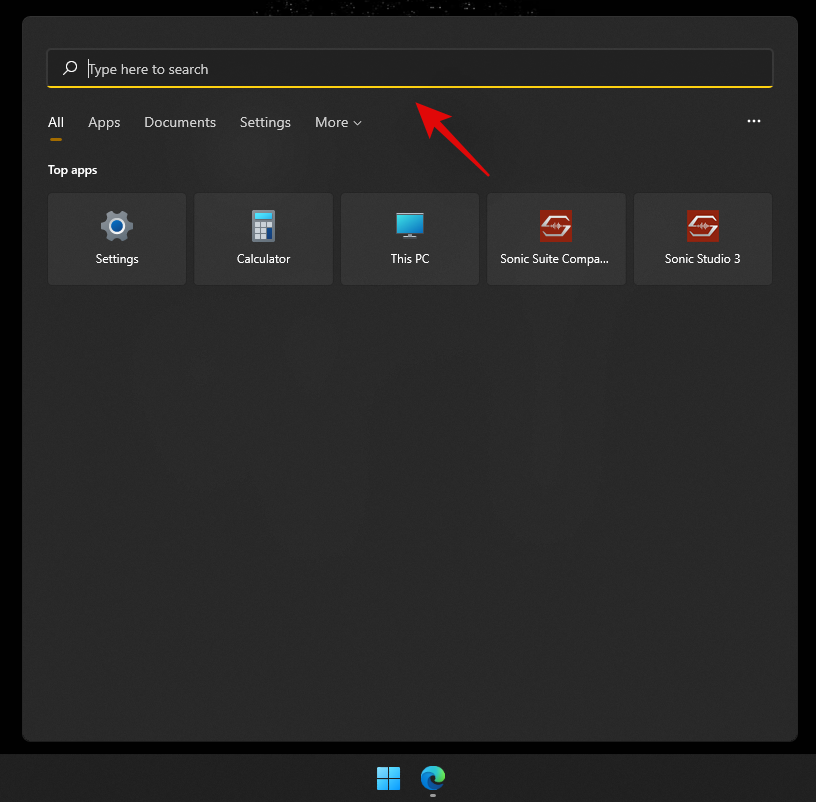
Sláðu inn leitarorðið þitt. Smelltu á textareitinn ef þörf krefur.
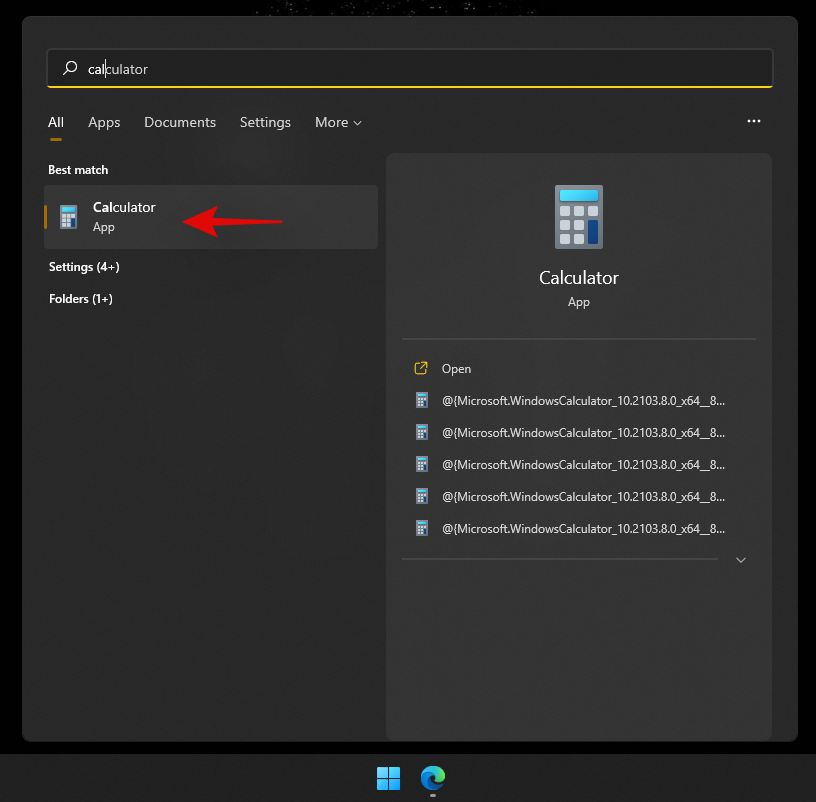
Windows mun nú leita að skránni þinni/möppu og niðurstöður munu birtast á skjánum þínum. Þú getur smellt og stækkað flokkana hér að neðan til að sjá fleiri niðurstöður.
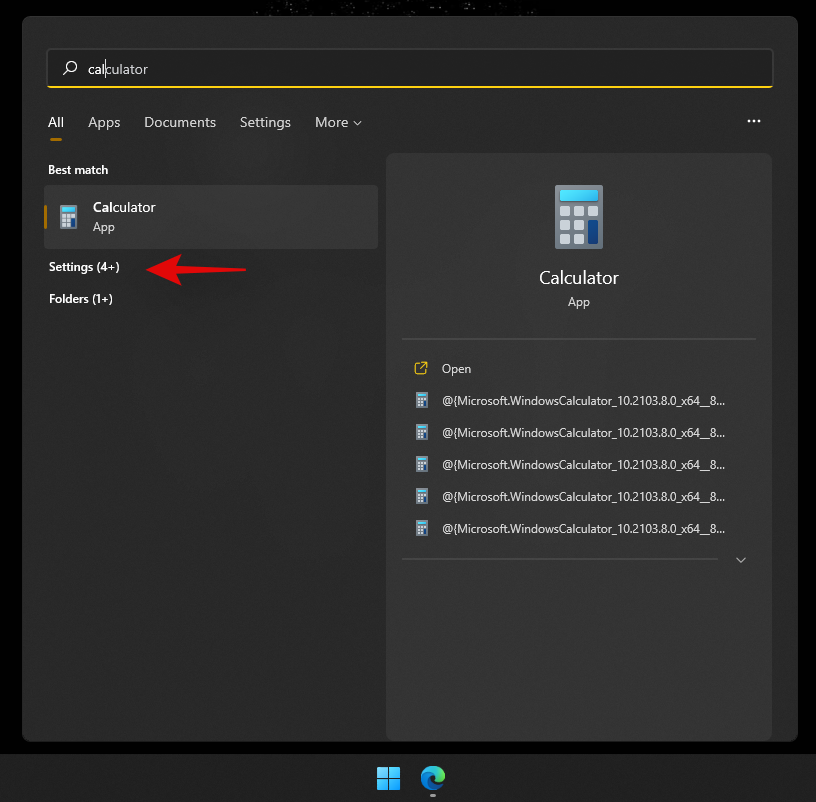
Að auki, ef þú vilt skoða frekari upplýsingar um skrá eða forrit, geturðu smellt á örina við hliðina á henni. Þú munt nú hafa notað Windows Search með því að nota flýtilykla.
Notar skráarkönnuður
Ýttu Windows + Eá lyklaborðið þitt til að opna File Explorer. Farðu í drifið/skrána/möppuna sem þú vilt leita í. Þegar þú hefur opnað skaltu smella á leitarreitinn efst í hægra horninu á skjánum þínum.
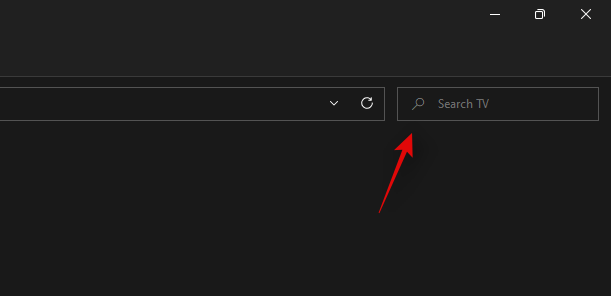
Sláðu inn leitarorðið þitt núna og ýttu á Enter á lyklaborðinu þínu.
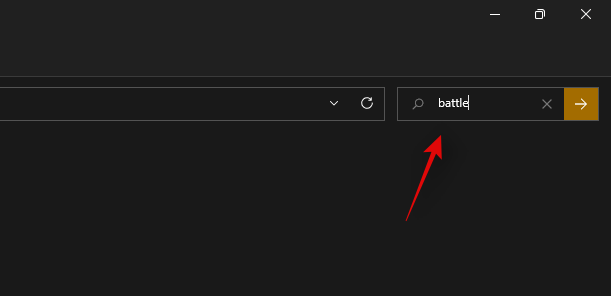
Windows mun nú leita í núverandi möppu að leitarorðinu þínu og birta síðan allar niðurstöður á skjánum þínum. Þú getur nú smellt og ræst skrána.
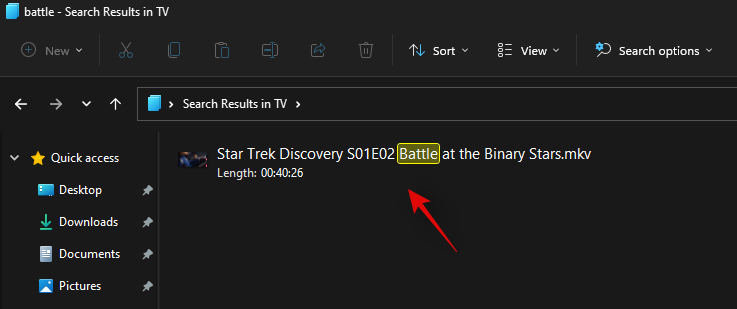
Þú getur líka hægrismellt á það og valið 'Opna skráarstaðsetningu' til að skoða núverandi möppu þess á staðbundinni geymslu.
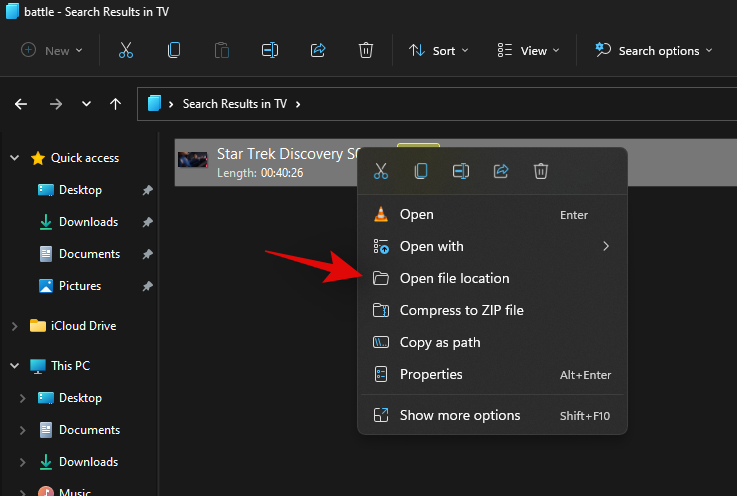
Að auki geturðu notað felliörvarnar efst til að flokka leitarniðurstöðurnar þínar til að finna skrána/möppuna/forritið þitt á auðveldari hátt.
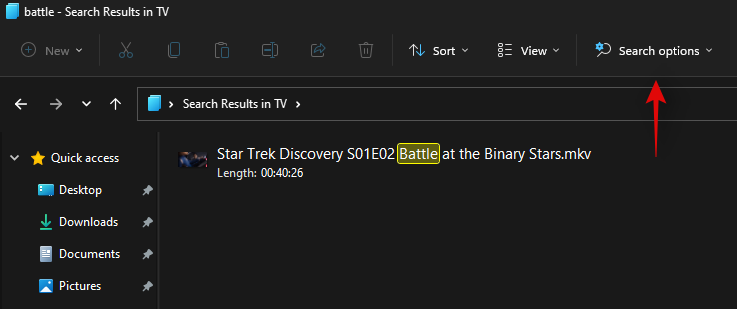
Og þannig er það! Þú munt nú hafa notað Windows leit í gegnum File Explorer.
Hvernig á að auka flokkun fyrir Windows leit
Sjálfgefið er að Windows Search leitar aðeins að skrám og leitarorðum í völdum möppum og slóðum. Þessar sjálfgefna slóðir ná yfir algengustu möppur á Windows eins og Start valmynd, skjöl, tónlist, myndir og fleira. Ef þú vilt auka umfang verðtryggingar á Windows 11 þá geturðu notað handbókina hér að neðan til að byrja.
Ýttu Windows + iá lyklaborðið þitt til að opna Stillingar appið. Smelltu nú á 'Persónuvernd og öryggi' vinstra megin.
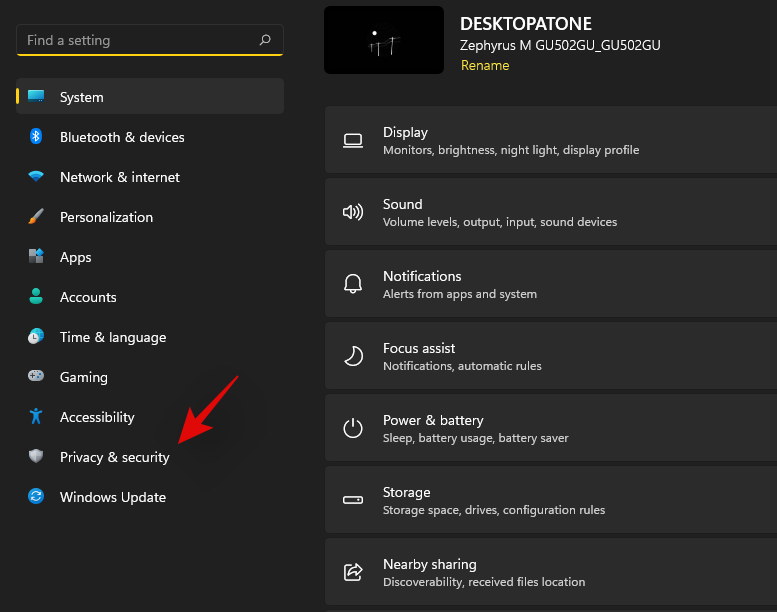
Smelltu á 'Leita í Windows' hægra megin.
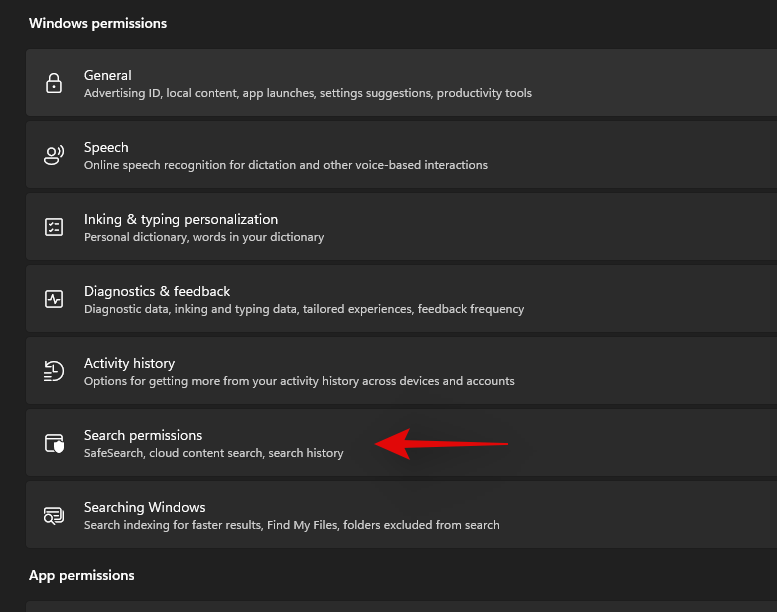
Smelltu og stækkaðu 'Finndu skrárnar mínar'.
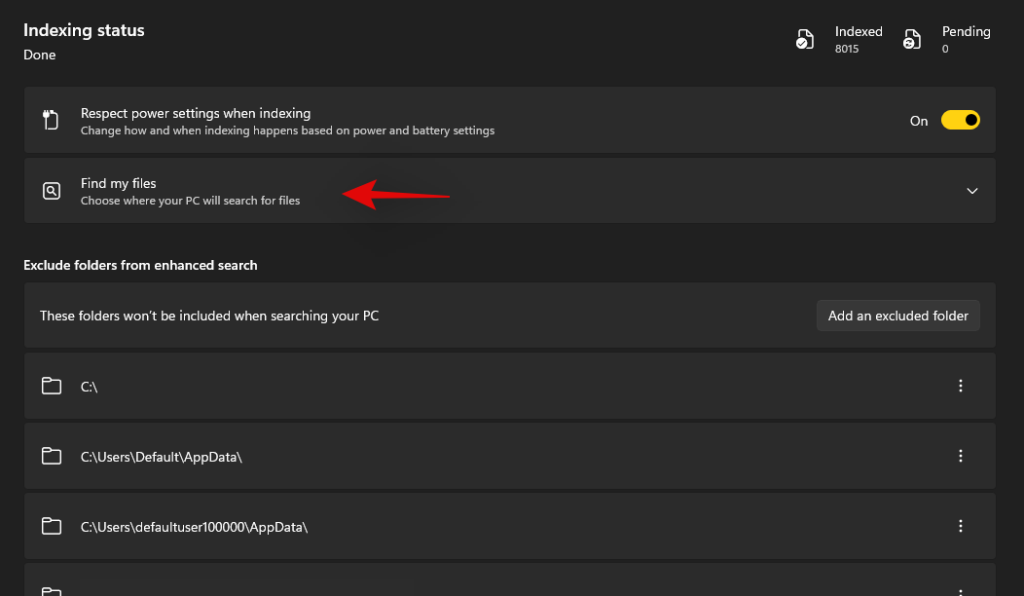
Veldu 'Enhanced'.
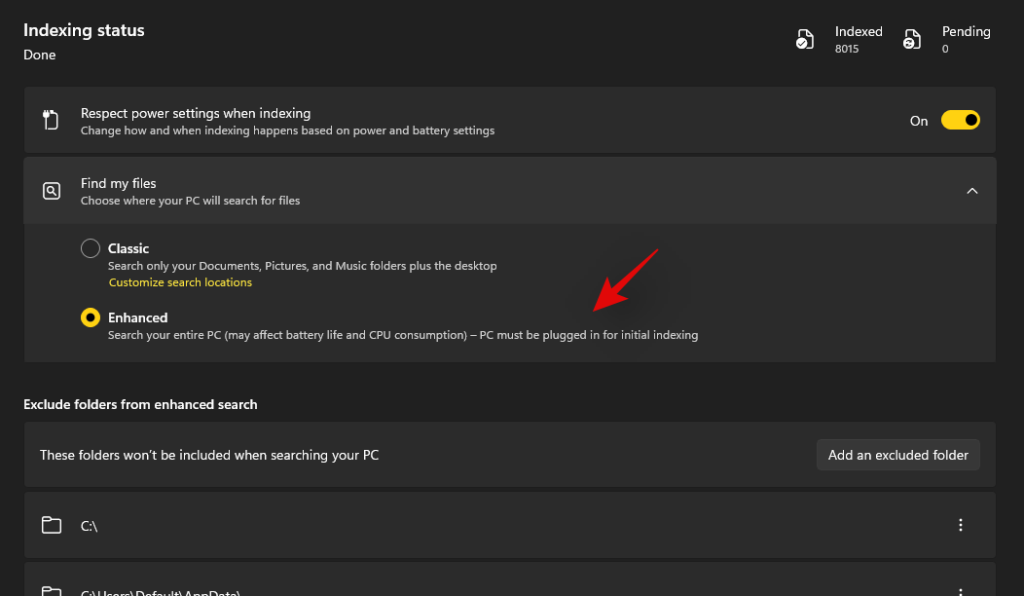
Nú ef þú vilt útiloka einhverjar möppur frá skráningu, smelltu þá á 'Bæta við útilokaðri möppu'.
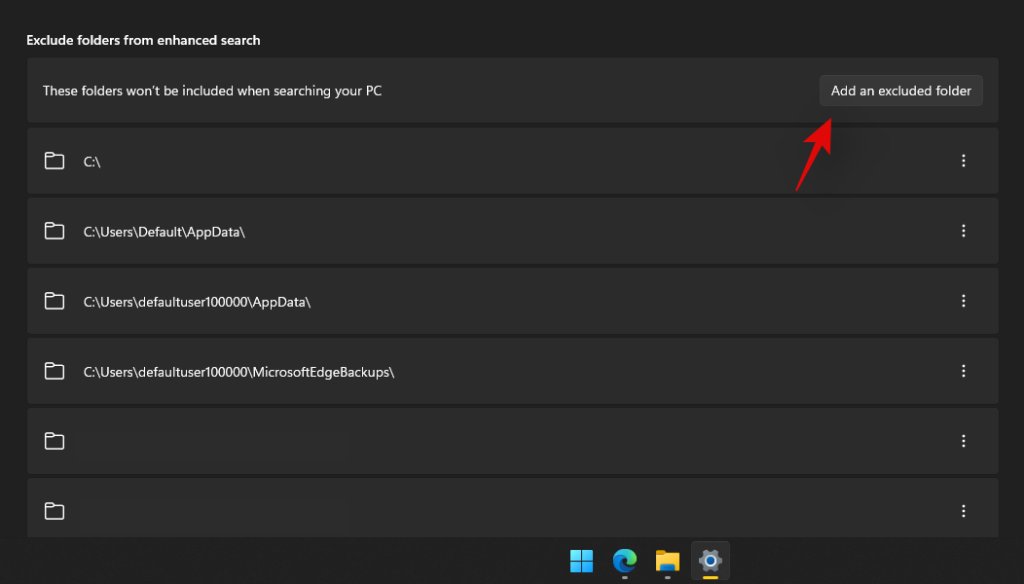
Athugið: Windows mun sjálfgefið hafa bætt við sumum möppum. Við mælum með að halda áfram að útiloka þessar möppur til að forðast óþarfa auðlindanotkun til að skrá kerfisskrár.
Þegar þú hefur útilokað allar möppurnar getum við nú byrjað að skrásetja öll diskana þína. Smelltu á 'Ítarlegar flokkunarvalkostir' neðst.

Smelltu á 'Breyta'.
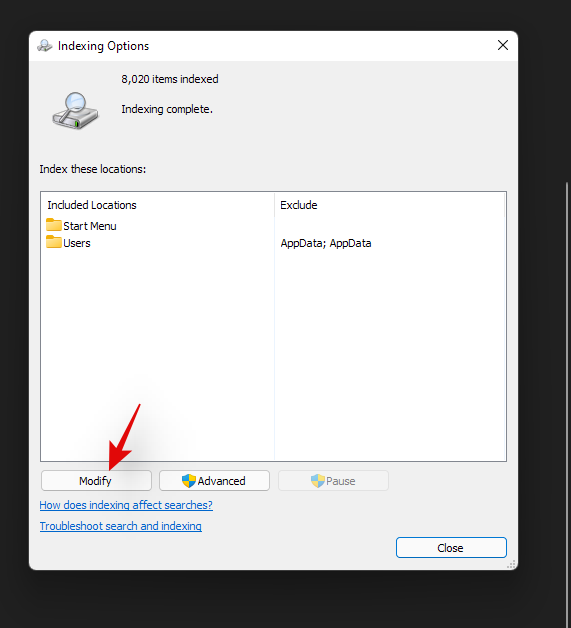
Hakaðu í reitina fyrir diskana þína núna.
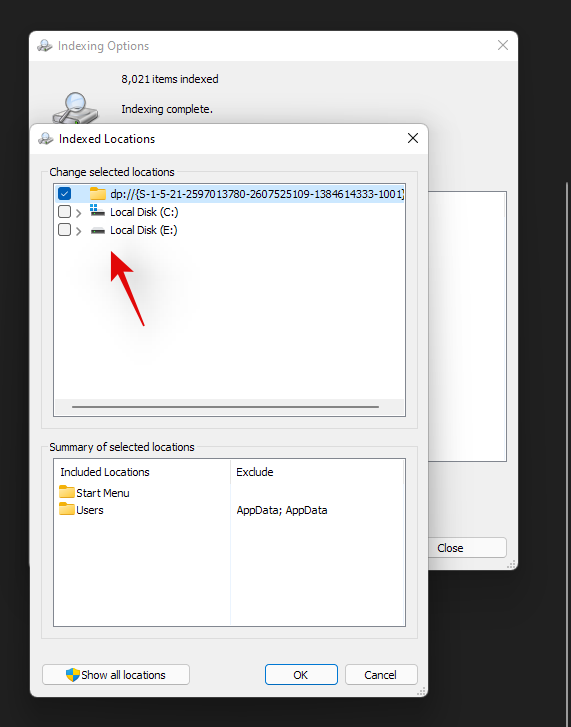
Smelltu á 'Í lagi' þegar því er lokið.
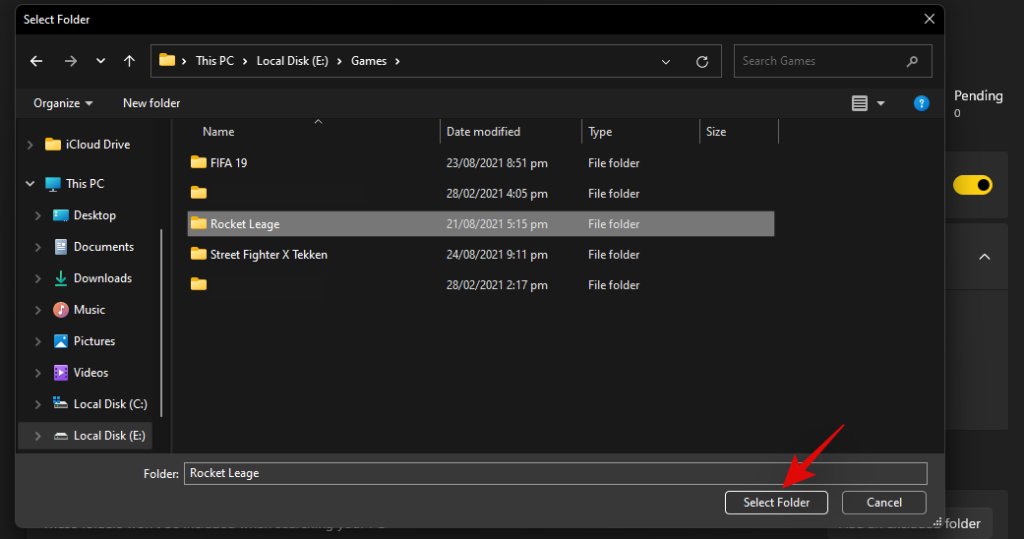
Smelltu á 'Loka'. Og þannig er það! Þú munt nú hafa aukið flokkunarstaðsetningar þínar í Windows Search. Ef þú notar fartölvu verða nýju staðsetningarnar þínar skráðar þegar einingin þín er tengd við rafmagn.
Tengt: Hvernig á að búa til endurheimtarpunkt í Windows 11
Notaðu leitarmöguleika
Leitartæki hafa verið til í nokkurn tíma í File Explorer núna og þau gera þér kleift að stjórna leitarniðurstöðum þínum með mun skilvirkari hætti. Þetta getur hjálpað þér að finna skrár sem þú manst ekki nafnið á og muna aðeins nokkrar upplýsingar um þær. Leitarverkfæri hafa nú verið endurnefnd sem 'Leitarvalkostir' í Windows 11 og þú færð nú fellivalmynd fyrir valkostina þína í staðinn. Byrjaðu á því að kanna valkostina þína og leitaðu að hugtaki í File Explorer eins og venjulega. Þegar leitarniðurstöður þínar birtast ættirðu að finna 'Leitarvalkostir' efst á skjánum þínum. Notaðu nú eftirfarandi valkosti til að sía leitarniðurstöður þínar í samræmi við það.
- Allar möppur: Leitaðu að leitarorðinu þínu í öllum möppum á núverandi drifi/sneiði.
- Núverandi mappa: Leitaðu aðeins að leitarorðinu þínu í núverandi möppu.
Þú getur líka fyrirskipað hvernig leitarniðurstöðum þínum er raðað. Þetta getur hjálpað þér að finna stórar skrár eða skrár byggðar á skráargerðum. Notaðu einn af valkostunum hér að neðan
- Dagsetning breytt: Notaðu þennan valmöguleika til að flokka niðurstöðurnar þínar út frá þeim tíma sem þær voru búnar til á staðbundinni geymslu.
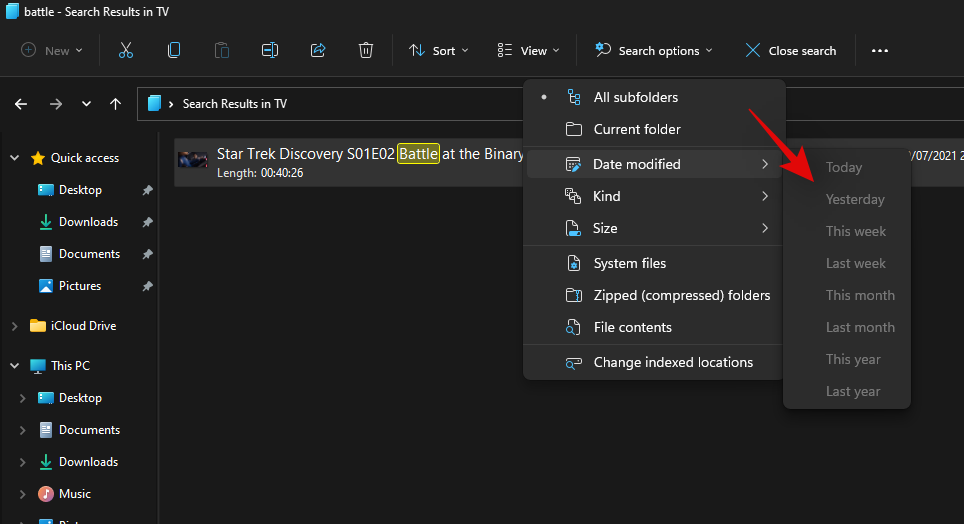
- Tegund: Þú getur notað þennan möguleika til að flokka skrárnar þínar eftir tegund. Þú getur leitað að dagatalsskrám, möppum, leikjum, myndum, tónlist og fleira. Þú getur valið úr yfir 23 mismunandi skráargerðum til að flokka leitarniðurstöðurnar þínar.
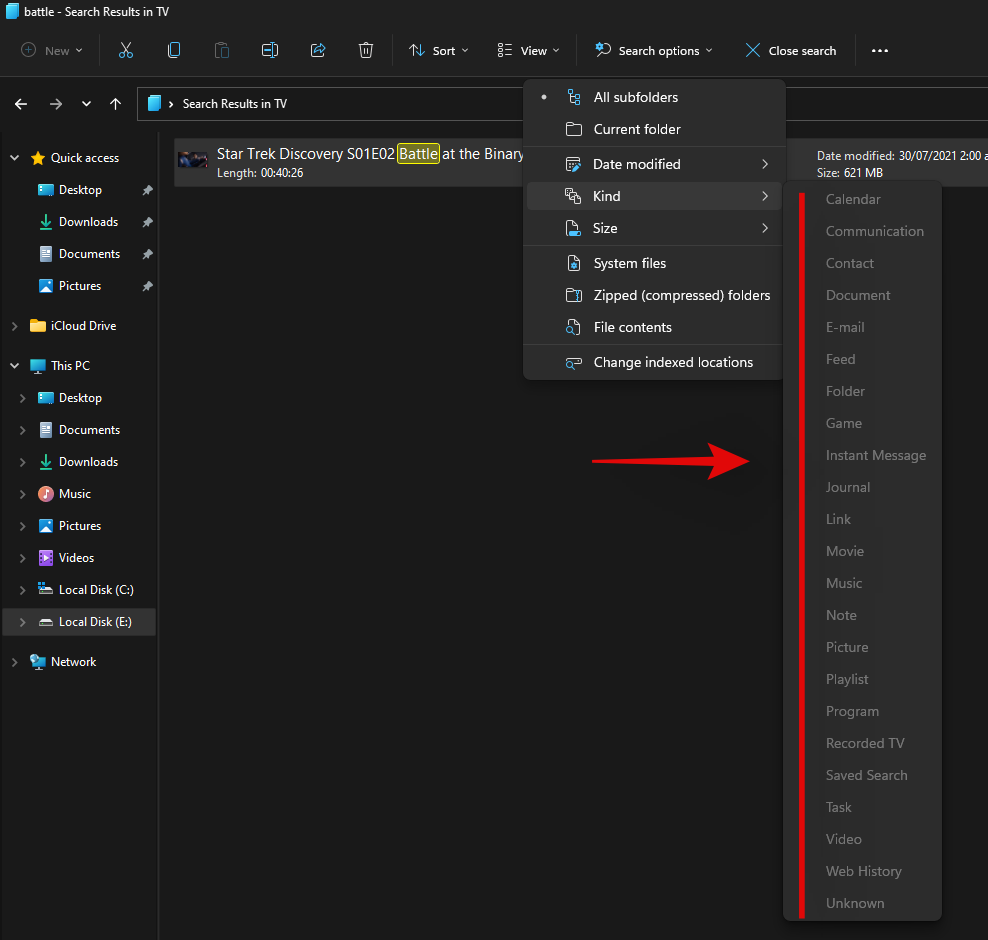
- Stærð: Notaðu þennan valkost til að sía skrárnar þínar eftir stærð þeirra. Þú færð eftirfarandi valkosti til að velja úr.
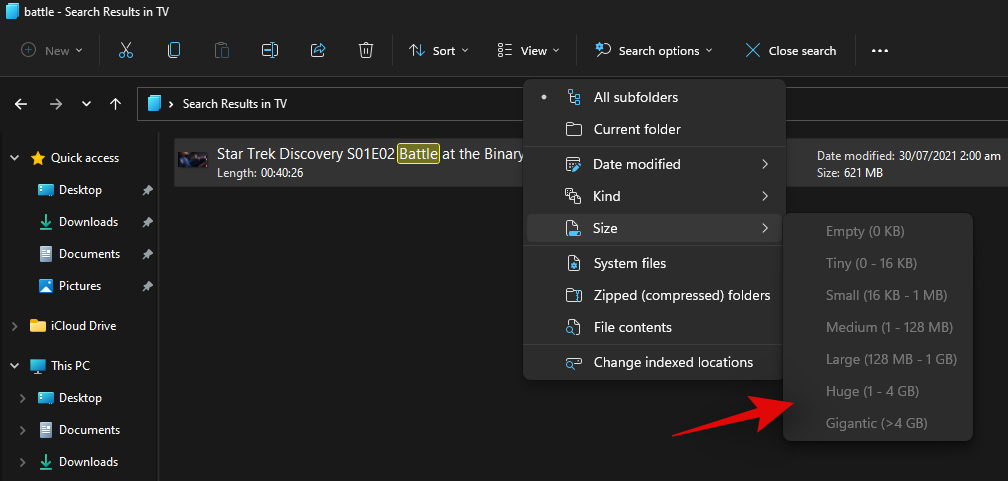
-
- Tómt: 0kb
- Örlítið : 0kb til 16kb
- Lítil: 16kb til 1MB
- Miðlungs: 1MB til 128MB
- Stór: 128MB til 1GB
- Huge: 1GB to 4GB
- Gigantic: Files greater than 4GB in size
Additionally, you get the following more options to filter your search results. These options will dictate where and which files will be searched by Windows. Simply click on the option to activate or deactivate it.
- System files
- Zipped (compressed) folders
- File contents
And that’s how you can use Search Options in Windows 11 to your advantage. We have a few more tips to help you make the most of Windows Search in Windows 11. You can use the section below to get started.
Related: How to Uninstall Apps on Windows 11
Tips to use Windows Search to your advantage
Windows Search has a few certain hidden shortcuts and key terms that can directly help you filter or sort your search results depending on your preferences. Here are a few tips to help you get the most out of Windows Search on Windows 11.
Find large files
You can find large files on a drive or in a folder easily by using the command ‘size:’. You can then use one of the terms from your Search Options to filter your files and display them based on their size. For example, if you wish to search for files larger than 4GB in size in the current directory then you can use the following command.
size:gigantic
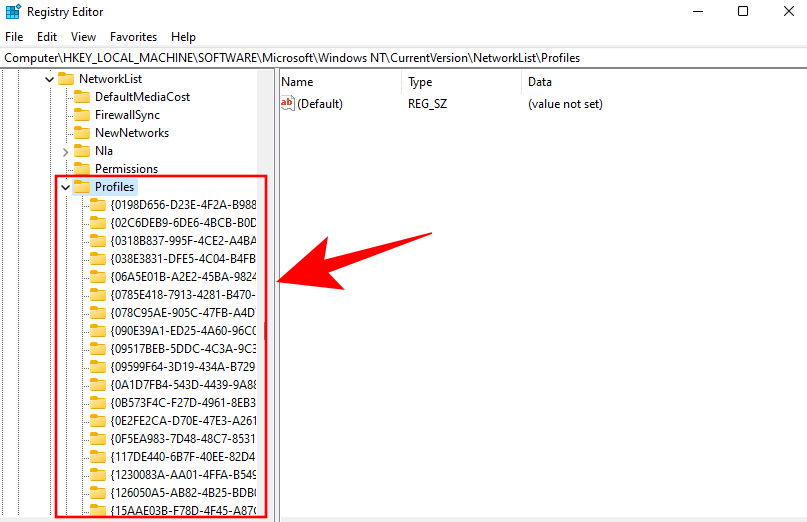
Similarly, you can further filter your search results using Search Options to identify large movies, pictures, calendar files, games, or more taking up space on your PC.
Find file types
Similar to the command above, you can use the ‘kind:’ parameter to find certain files in the current directory. The ‘kind’ parameter will allow you to look for calendar files, text documents, pictures, videos games, and more. When using the kind parameter this way you are not restricted to Windows’s predefined categories, instead you can define specific file extensions as well to find them on your PC as shown below.
kind:.exe
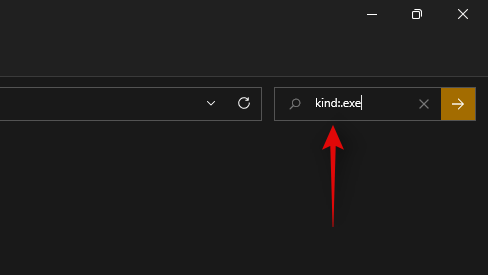
The command above will help you look for executables in the current directory.
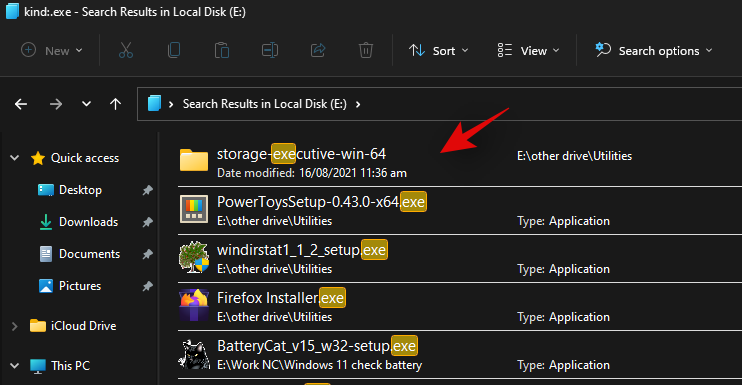
Similarly using the command below will help you find PDF files in the selected directory.
kind:.pdf
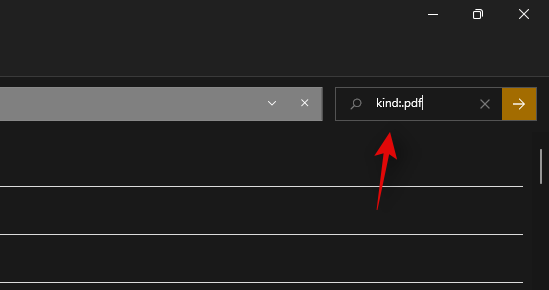
And that’s it! You can use these commands to find certain files on your PC using Windows Search.
Related: How to Hide Badges on Taskbar Icons on Windows 11
Find files by date
You can also use the ‘date:’ parameter to look for files created on a certain date. Additionally, this command can be used in conjunction with Boolean filters below to find files created or modified before or after a certain date on your PC. For example, if looking for a file created on the 1st of January 2020, then you can use the following command below.
date: 1/1/2020
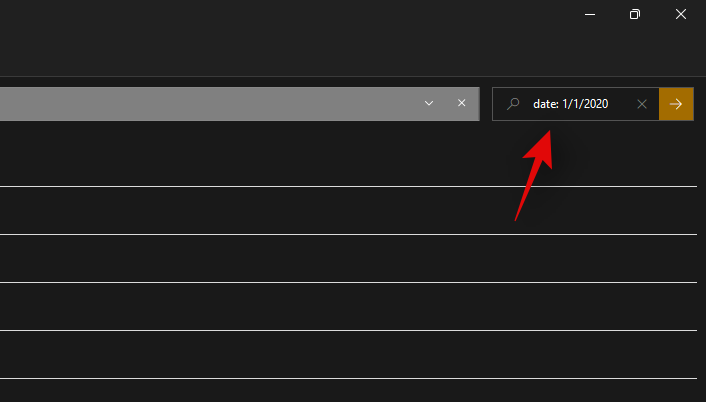
Similarly if looking for a file created on the 1st January 2021, then you can use the following command.
date: 1/1/2021
Use Boolean Filters
Boolean filters can help you search multiple terms simultaneously or in conjunction with each other when using Windows Search. Here are the following Boolean filters that you can use to your advantage.
The ‘AND’ parameter
You can use the AND parameter to search for two search terms together. This way you can look for a file containing both the terms and not either one of them which should help you filter out unwanted results containing either of the terms. For example, if looking for a file containing the words ‘Samsung and ‘galaxy’ in its name then I can use the following term to search for your file.
Samsung AND galaxy
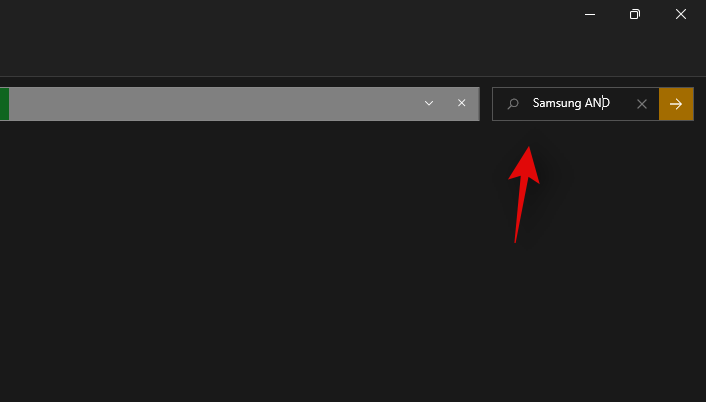
This will filter out files with only ‘Samsung’ and ‘Galaxy’ in their name. Files with either term will be filtered out.
The ‘OR’ parameter
The OR parameter is opposite to the AND parameter and allows you to search for files containing either of the terms in your search term. For example, if I wish to search for files with either ‘Apple’ or ‘Airpods’ in their name, then I can use the following search term.
apple OR airpods
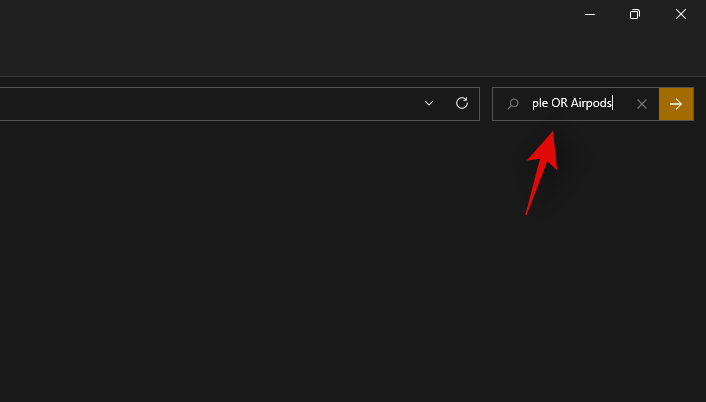
Similarly, if I am looking for PDF and EXE files in a particular directory, then I can use the following command below.
kind:.exe OR .pdf
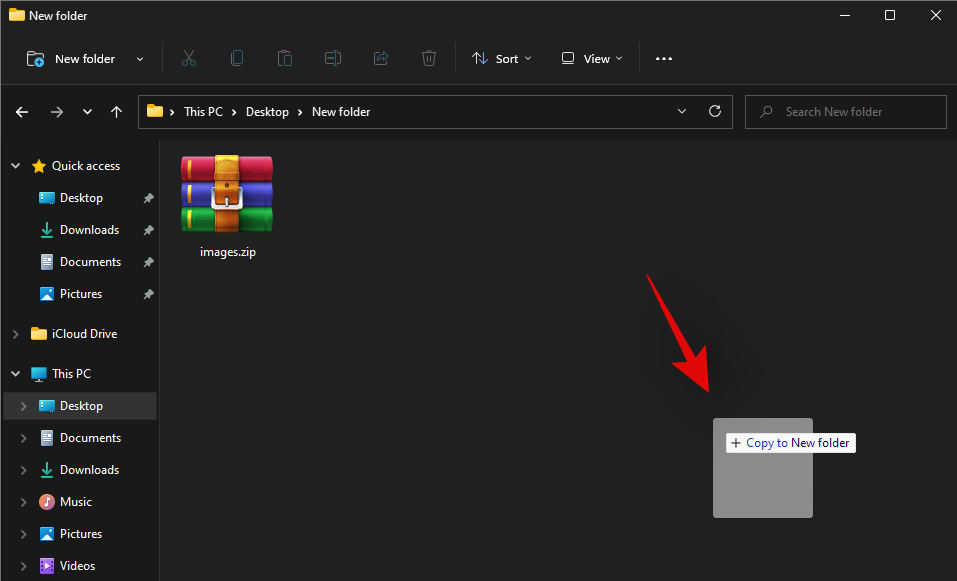
And that’s how you can use the OR parameter to look for multiple search terms in a single file name.
The ‘NOT’ parameter
If you are looking to filter out a certain search term or a filet type then you can use the NOT parameter. The NOT parameter will exclude the desired file type, kind, size, or name depending on your choice. For example, if in a folder full of .docx files you are looking for other file types and wish to filter them all out, then you can use the following command.
kind: NOT .docx
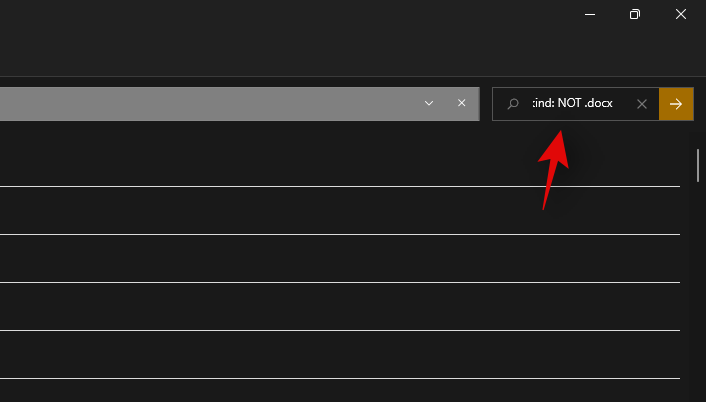
Similarly, if I am looking for a file that does not have ‘Apple” in its name then I can use the following search term.
NOT apple
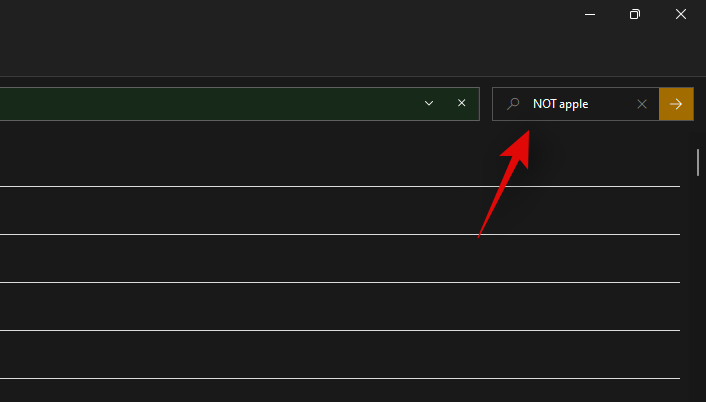
Double Quotes
If you remember an exact term for the file that you are searching for then you can use double-quotes. This will force Windows Search to look for the exact search term with the specific formatting and case to find the file that you are looking for. For example, if looking for a file with ‘Apple 2019′ in its title then you can use the following command below.
“Apple 2019”
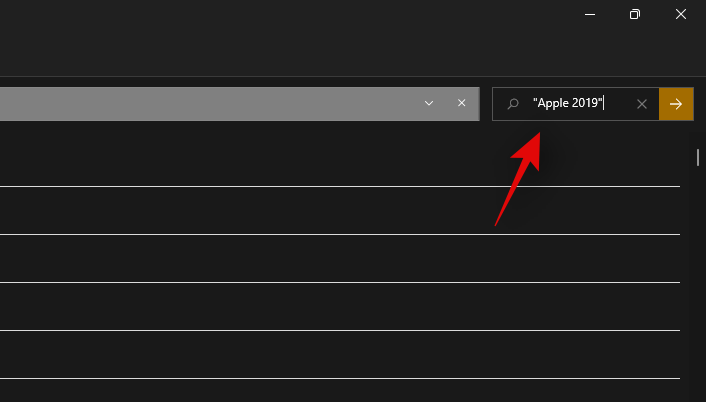
Parentheses
Parentheses is a Boolean filter that is usually used when you are searching file contents as well. Anything included between the parentheses () is searched for and files with either or all of the terms are displayed on your screen. For example, if looking for a file containing either ‘Apple, Samsung, Mi, Microsoft, and Dell’ or all of these terms, then you can use the following term.
(Apple Samsung Mi Microsoft Dell)
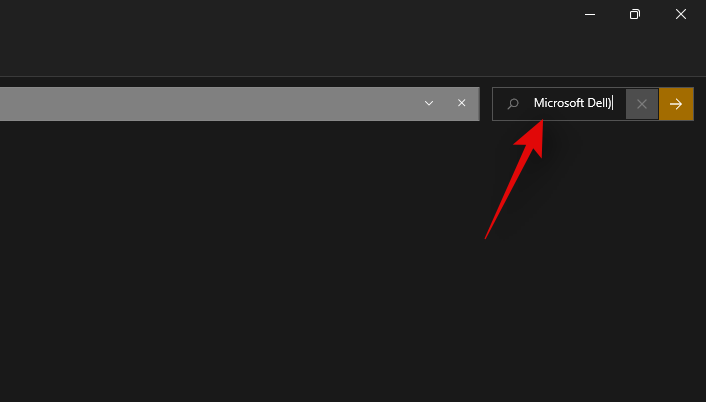
Similarly, you can use the following command if looking for multiple file types.
kind:(.exe .pdf .txt)
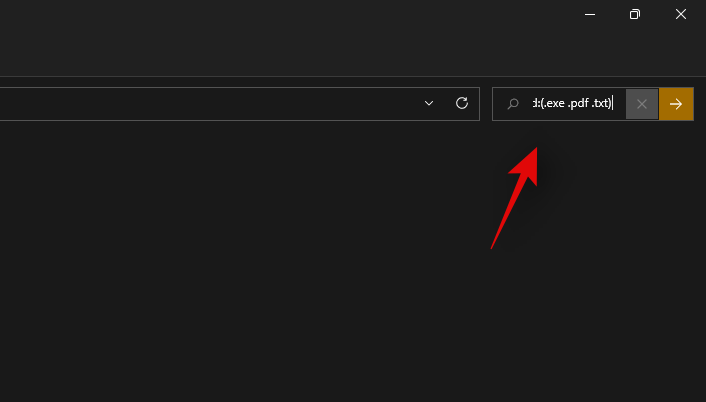
And that’s it! You will now have used parentheses to your advantage to look for multiple search terms in a particular file.
‘>’ and ‘<‘>
These two Boolean filters are usually used when looking for file types or when sorting your results based on a parameter. The greater than and less than parameters can be used to filter your results based on a number. For example, if looking for files dated after 1st January 2021 then you can use the following command.
date: >1/1/2021
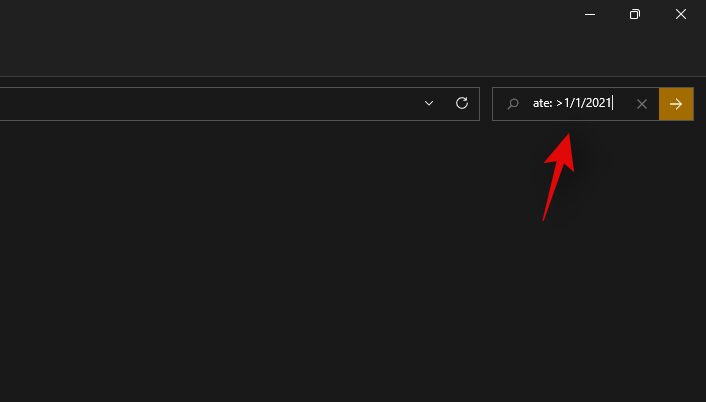
Similarly, if looking for files less than 10GB then you can use the following command.
size: <>
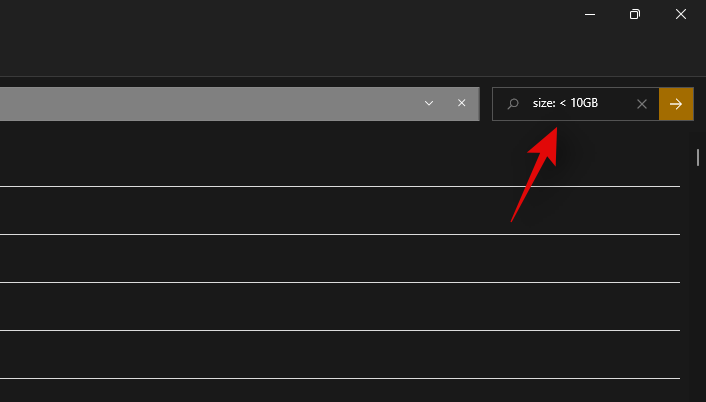
You can use the greater than and less than parameters to your advantage this way and find the desired files on your system.
Related: How to Type Accents on Windows 11
Are there any Windows search alternatives?
Yes, there are a few Windows search alternatives out there developed by third parties that offer competitive indexing options and promise higher working efficiency when it comes to using your system’s resources. Windows Search, however, would still be our recommended tool for you as it has been installed natively on your system. Using a third-party tool will add additional workload to your PC unless Windows Search has been completely disabled. Hence, we recommend that you try PowerToys by Microsoft first to get a native utility on your PC that uses and enhances Windows Search instead. If that does not work out for you, you can then opt for any one of the third-party utilities listed below.
PowerToys
PowerToys is a collection of enhanced tools by Microsoft that offer you utilities like PowerToys Run (Windows Search), Color Picker, Power Renamer, and more to help increase your productivity and enhance your workflow. PowerToys Run is a spotlight-like search feature in PowerToys that uses Windows Search to index and display files on your PC. PowerToys Run gives you a more elegant way of using Search on your PC. Use the guide below to get you started.
Download and install PowerToys on your PC using the link above. Once installed, launch PowerToys from the taskbar as shown below.

Once PowerToys is launched, we recommend you click on each feature on your left and disable the ones that you don’t wish to use. PowerToys have comprehensive tools that can cause your system to behave unexpectedly if you do not know about them. Hence, disable all the features that you do not need or wish to use on your PC.
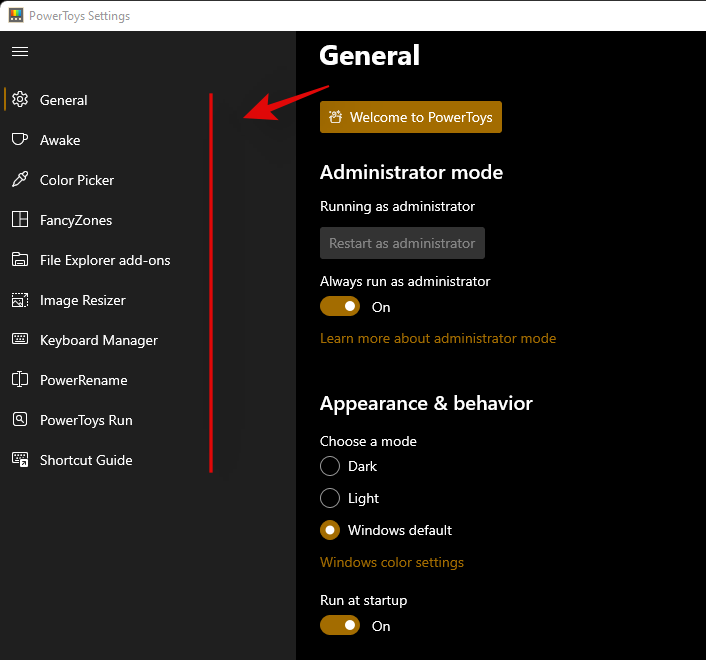
Click on ‘PowerToys Run’ on your left.
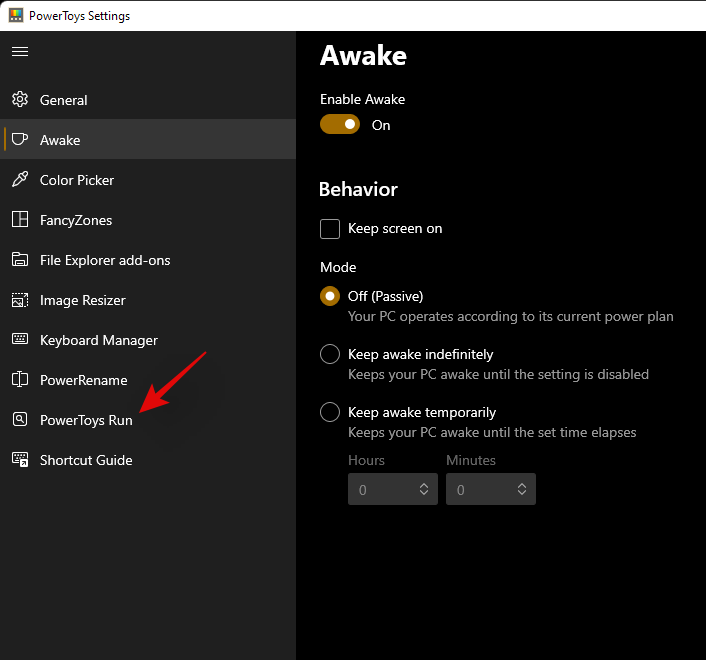
Enable the toggle at the top.
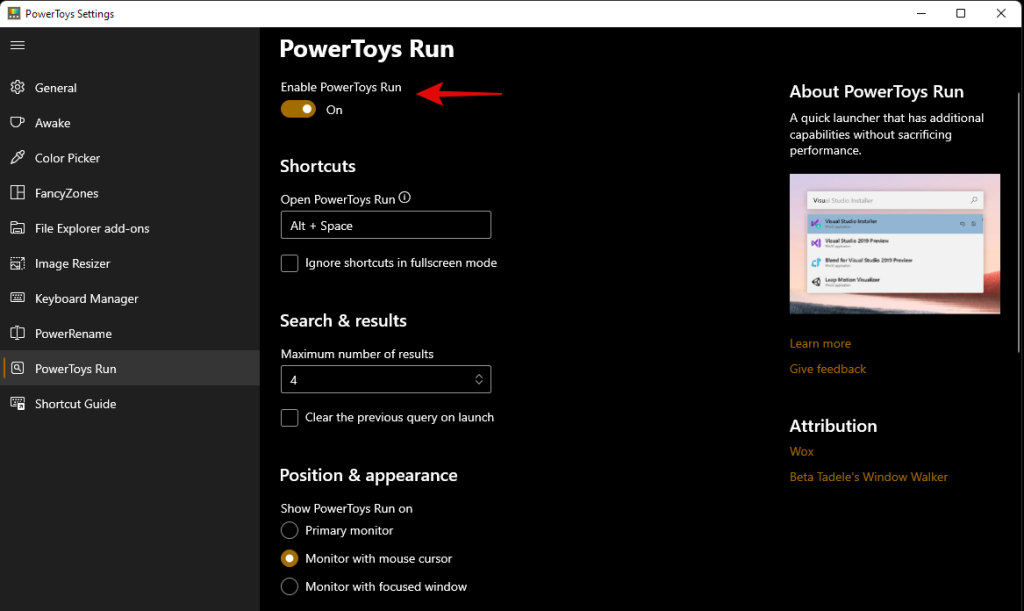
Set a custom shortcut if needed. By default, you can use Alt + Space to activate PowerToys Run.
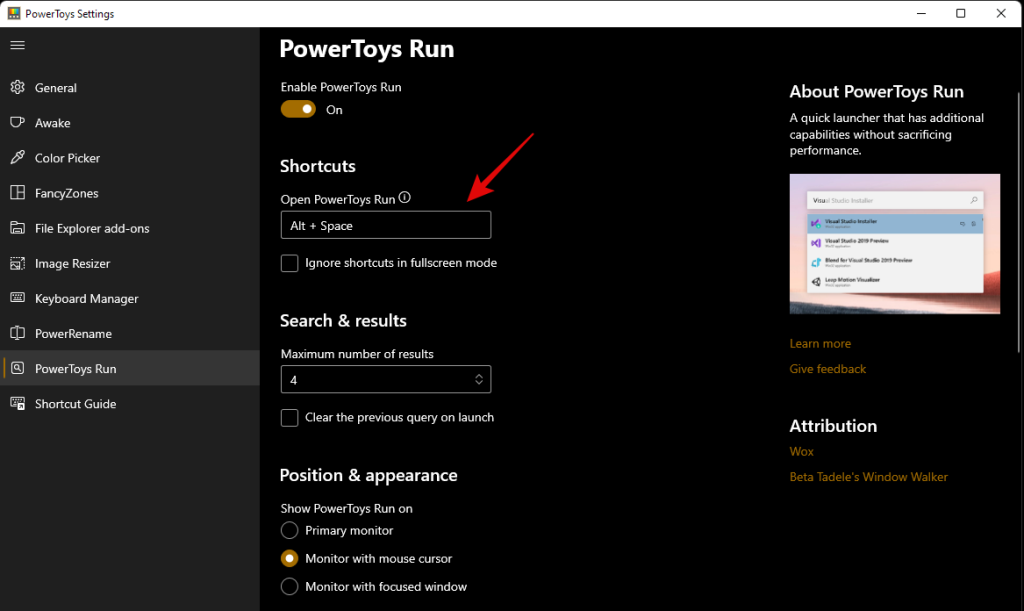
Increase the number of search results you wish to view if needed.
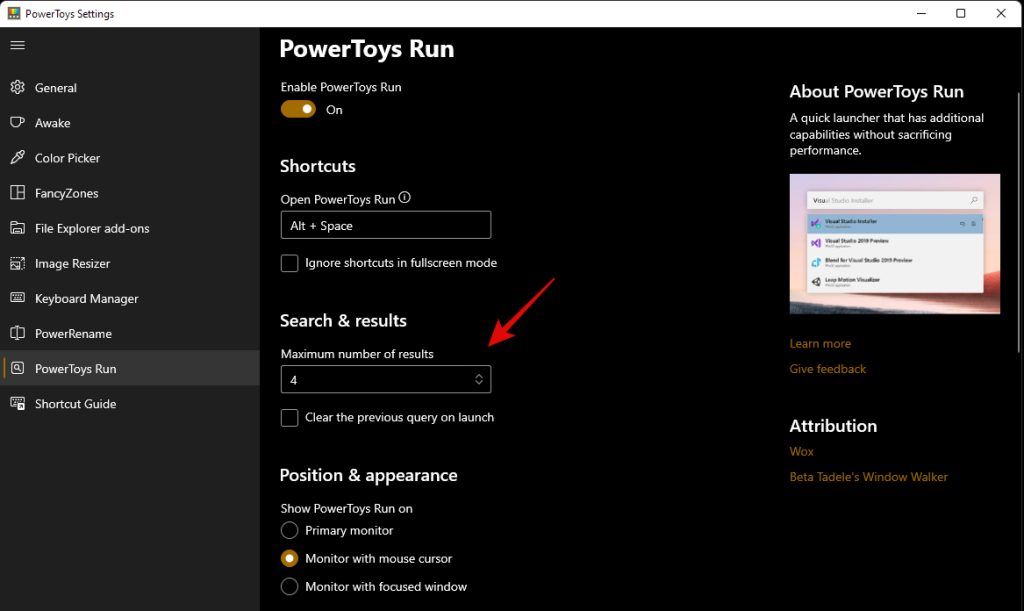
Set a position for the search box if you have a multi-monitor setup.
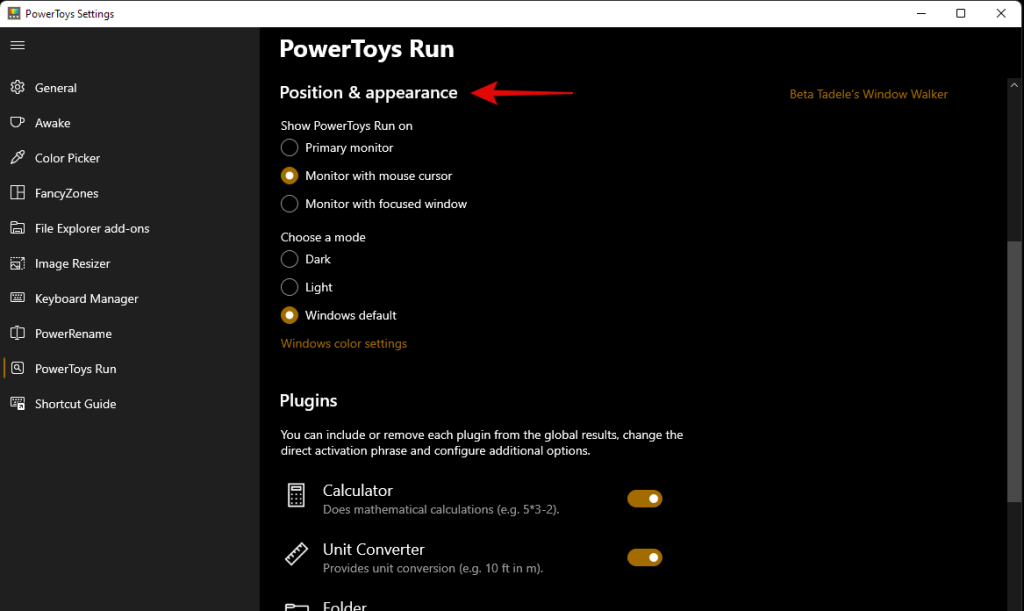
Choose a custom theme if needed.
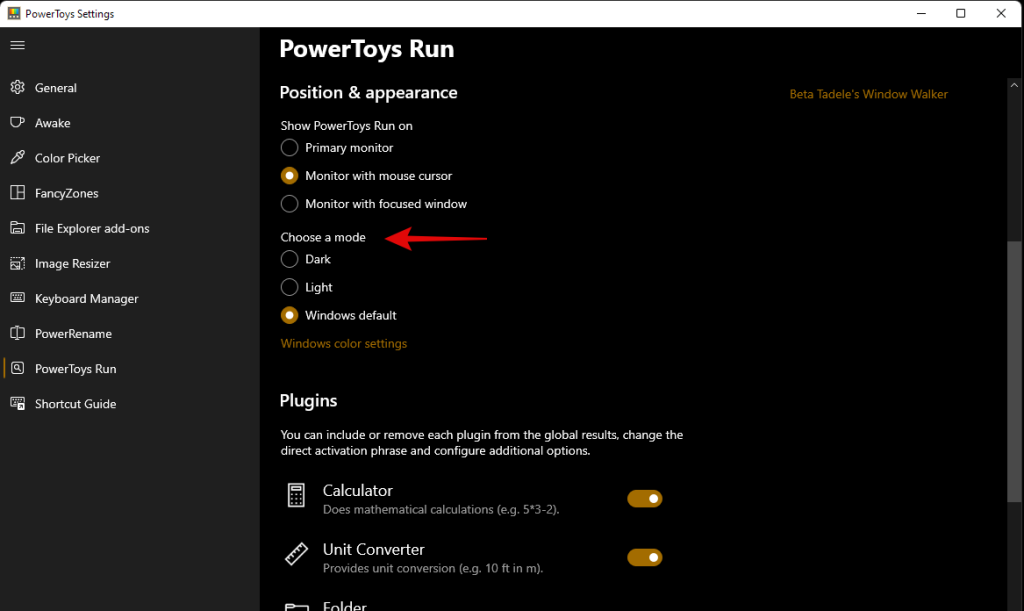
Additionally, PoweToys Run is highly capable and can help you access apps from within the search box itself. For example, you can enter equations in the search box, and you will automatically get a result from the calculator app as a search result as shown below.

Similarly, you can also execute commands from the search box itself. Ping is a good example that shows up in the search results as shown below.
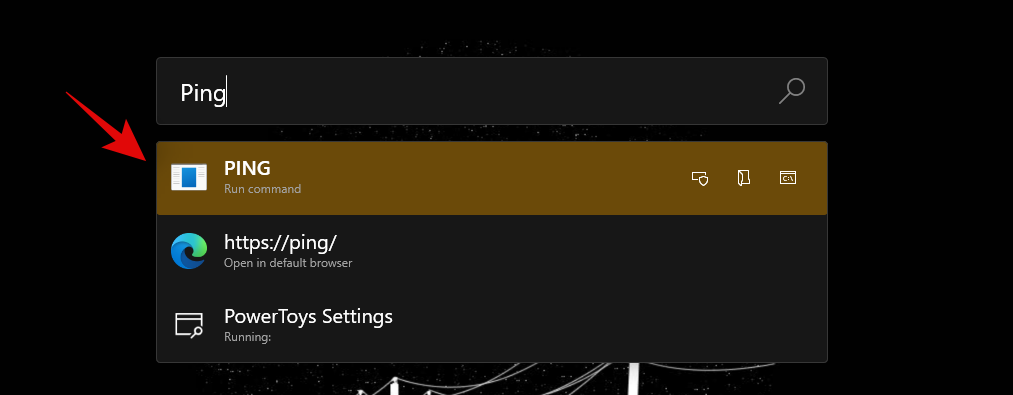
However, if you are not going to be using these features then there is no point in having them enabled on your PC. Simply disabled the plugins in the PowerToys window as shown below.
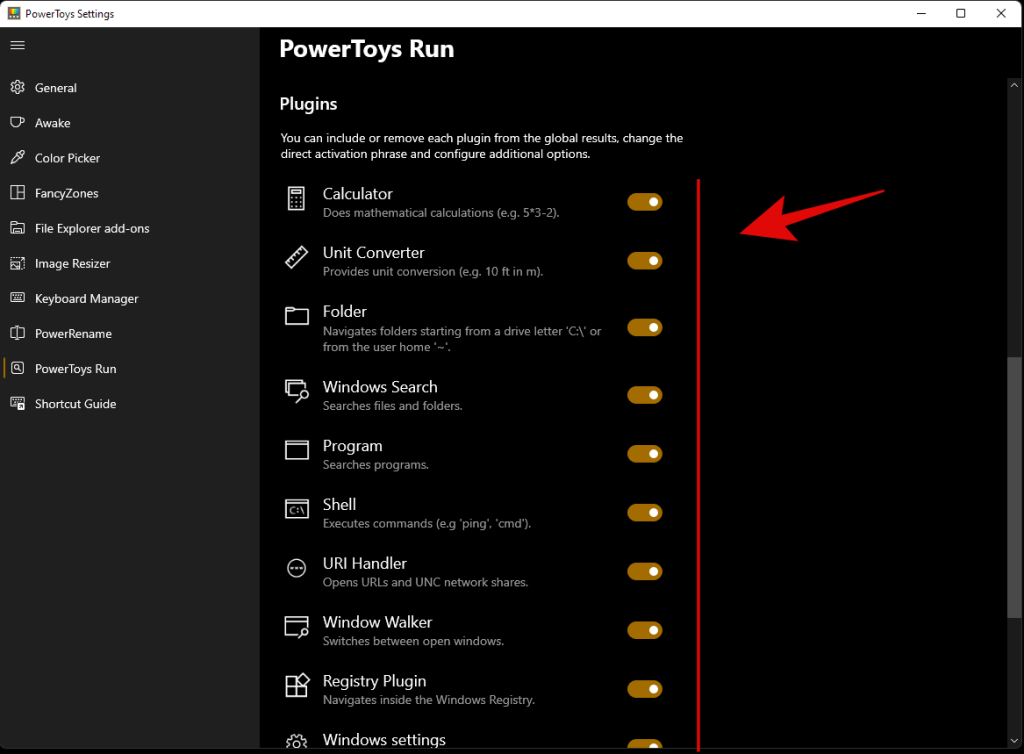
And that’s it! You will now have configured PowerToys Run on your system as a Windows Search alternative.
Third-party apps
If PowerToys is not up to mark for you and you are looking for something a bit more comprehensive then you can check out the following Windows Search alternatives below.
We hope you were able to get familiar with Windows Search in Windows 11 using the guide above. If you face any errors or have any questions for us, feel free to reach out using the comments section below.
Can you disable Windows search in Windows 11?
No and yes. Windows does not offer a native way to disable Windows Search. However, this could be detrimental to older systems where Search could end up taking vital resources in the background that would in turn slow your system down. In such cases, and more, you can use a few workarounds to disable Windows Search in the background on Windows 11. You can use the guide below to disable Windows Search on Windows 11.
How to disable Windows search
If you wish to disable Windows Search then disabling the service is the easiest way. Follow the guide below to get you started.
Press Windows + R on your keyboard and type in the following. Press Enter on your keyboard once you are done.
services.msc
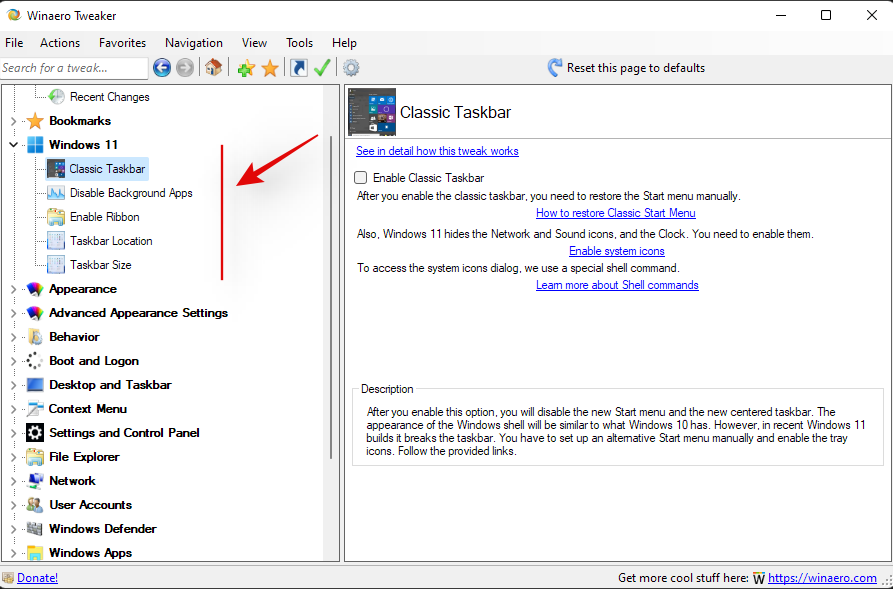
Search for a service named ‘Windows Search’ and right-click on it.
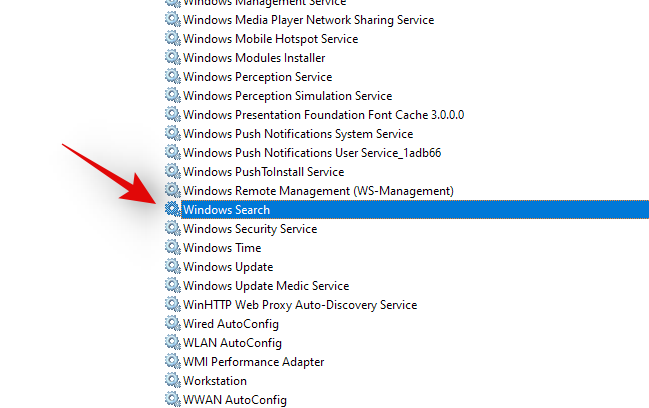
Select ‘Properties’.
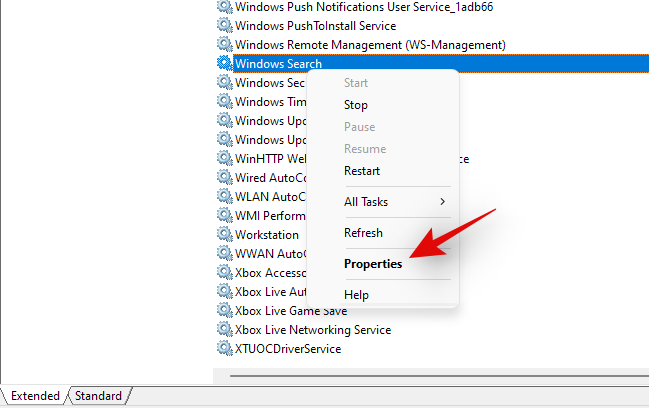
Click on ‘Stop’.
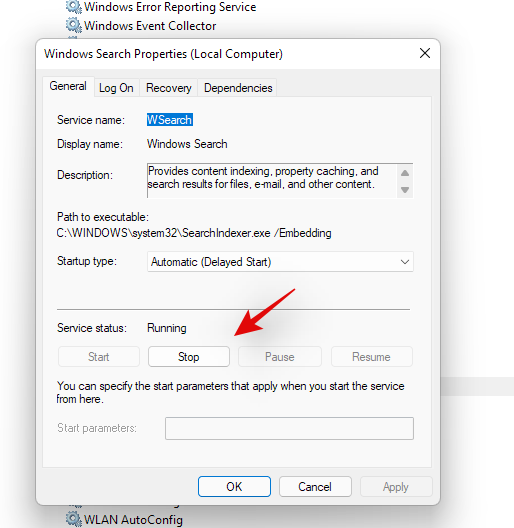
Click on the drop-down menu and select ‘Disabled’.
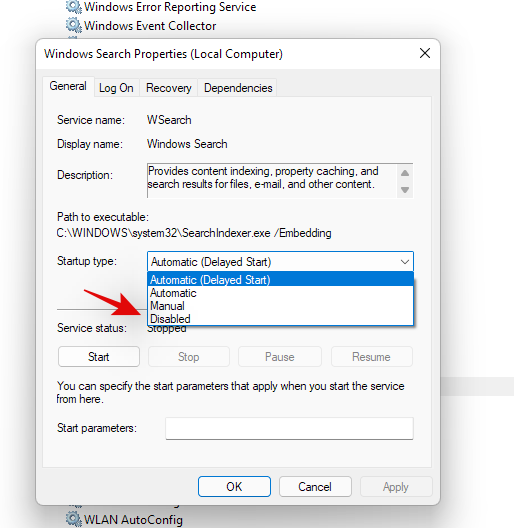
Smelltu á 'Í lagi'.
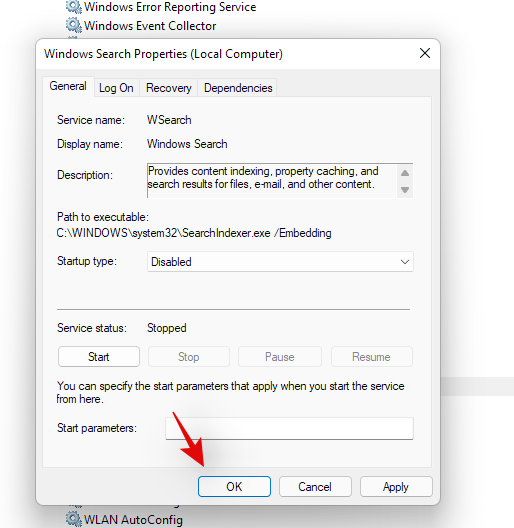
Endurræstu kerfið þitt og Windows Search ætti nú að vera óvirkt á kerfinu þínu.
Tengt:

























































